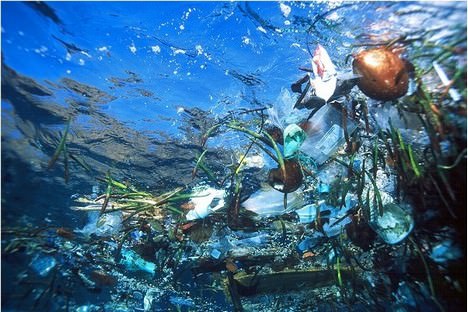Scientists from the University of New South Wales (UNSW) in Sydney, Australia, estimate that there are at least five huge garbage patches polluting the world’s oceans, some as big as the state of Texas.
Using computer modeling, the scientists say they also may be able to determine which nations are the worst polluters—no easy task considering the enormity and complexity of the ocean. The study appears in the journal Chaos, published by the American Institute of Physics (AIP).
“In some cases, you can have a country far away from a garbage patch that’s unexpectedly contributing directly to the patch,” said Gary Froyland, a mathematician at UNSW.
The new model could also show how garbage leaks from one patch to another.
“We can use the new model to explore, for example, how quickly trash from Australia ends up in the north Pacific,” oceanographer Erik van Sebille said.
The scientists divided the ocean into seven regions in which the water mixes very little. The approach employed mathematical methods from a field referred to as the ergodic theory. The technique allowed the team to look at the underlying structure of the ocean.
“Instead of using a supercomputer to move zillions of water particles around on the ocean surface, we have built a compact network model that captures the essentials of how the different parts of the ocean are connected,” Froyland said.
The model showed parts of the Indian and Pacific Oceans are most closely tied to the South Atlantic while another part of the Indian Ocean belongs in the Pacific.
The take-home message from our work is that we have redefined the borders of the ocean basins according to how the water moves,” van Sebille said.
The new technique could help researchers gain insight into ocean ecology and track ocean debris.
Agencies/Canadajournal
 Canada Journal – News of the World Articles and videos to bring you the biggest Canadian news stories from across the country every day
Canada Journal – News of the World Articles and videos to bring you the biggest Canadian news stories from across the country every day



